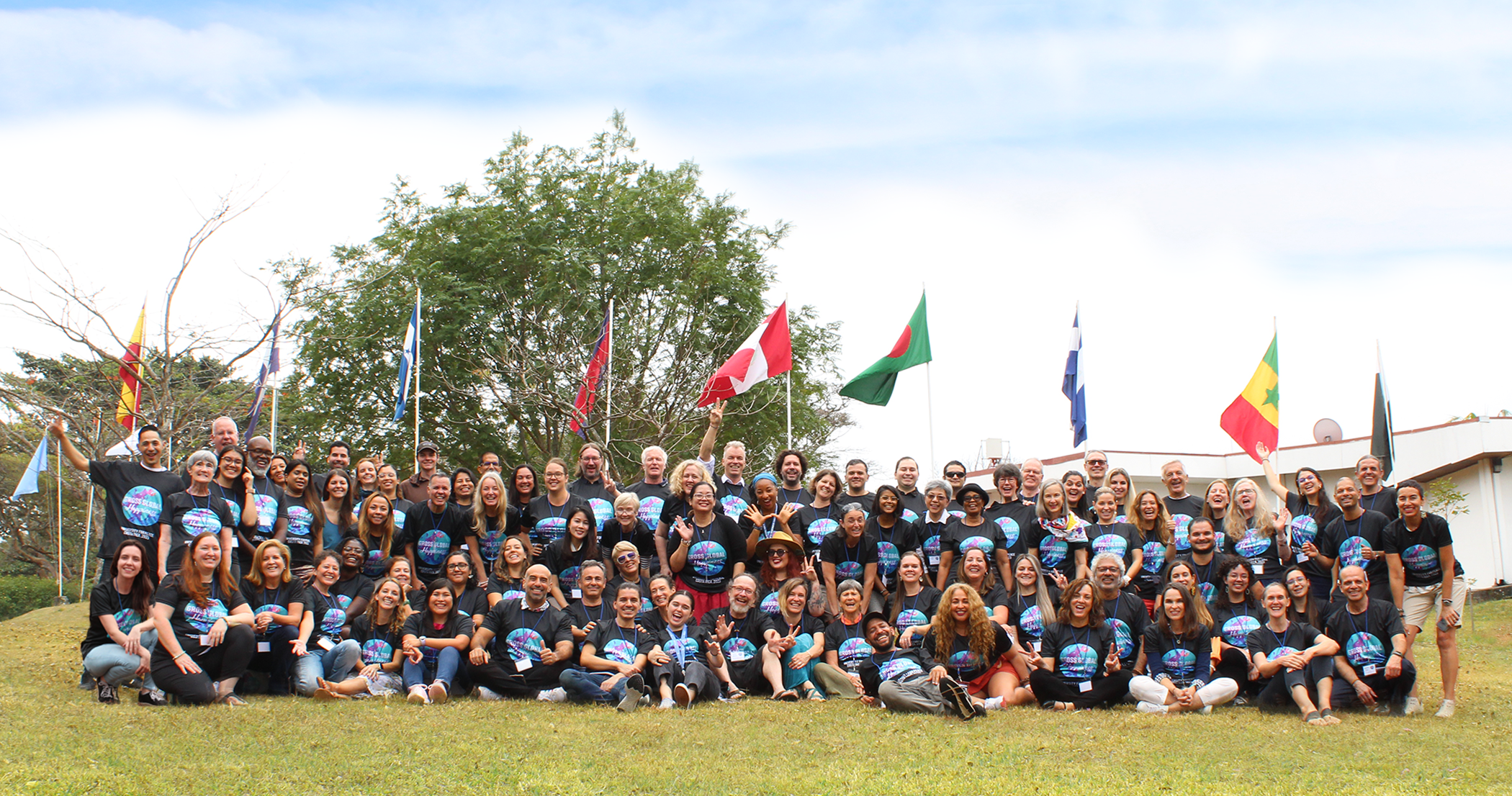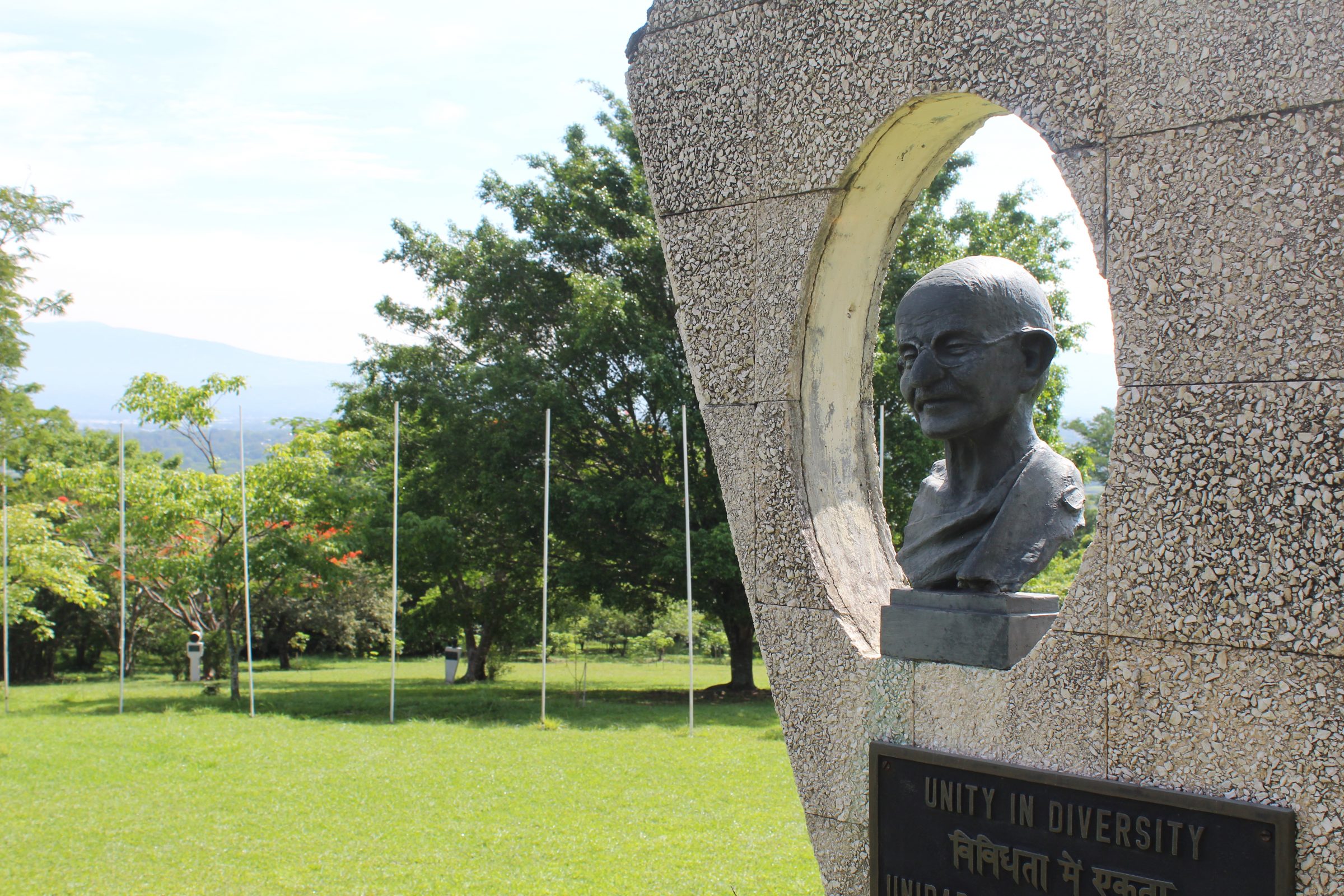Designing Happiness: A Blueprint for Thriving at Work and Home
Building a happy life doesn’t happen by accident. It happens by design. At work or at home, happiness it’s intentional.
From an organizational perspective, it’s definitely the best and the worst of times when it comes to happiness/wellbeing (terms are used interchangeably) in the workplace.
It’s the worst of times, as study after study shows that employees and leaders are unhappy, disengaged, experiencing high rates of depression, anxiety, and burnout. It’s also the best of times because we are finally starting to break the stigma around mental health issues, and in addition, businesses are starting to take notice of the need for happiness at work interventions and actually investing time and resources into it.
The Facts
The latest Gallup report on the State of the Global Workplace 2023 shows that worldwide on average only 23% of employees are engaged. It gets even worse if we look individually at the different regions, with Europe being right at the bottom with only 13% engagement, right behind the Middle East where engagement is at 15%. Even at the other side of the spectrum, the most engaged regions, LATAM, the Caribbean, US, and Canada sit only at 31%, with South Asia sitting at the very top with only 33% engagement rate.
The data is not any brighter if we look at the state of the leadership and leaders within companies worldwide. A recent DDI’s report on the Global Leadership Forecast 2023 focused on the state of leadership, 72% out of the nearly 14,000 leaders reported they often feel used up at the end of the day, an increase from 60% in 2020. What is more, they report being deeply concerned about burnout in their teams, with only 15% of them reporting feeling prepared to prevent employee burnout. Now from a different study by the Workforce Institute at UKG earlier in 2023 out of the 3,400 participants, 69% of employees said managers impact their mental health. That’s the same as the partner or spouse (69%) and more than doctors (52%) or therapists (41%). But how can leaders look after their team when they are struggling themselves? Breaking the stigma and talking about mental health issues is imperative and extremely urgent. Only when we can be open about how we feel can you truly initiate positive change.
There is another way …
We know from over 15 years of research on organizational psychology and positive leadership that there is another way, that is possible to have happy and healthy employees and leaders. In the same research just mentioned, Gallup also shows that best-practice organizations sit at a whopping 72% engagement rate, that’s 49% more than the average companies. So there are companies that drive higher engagement, and it starts with people feeling well and happy at work.
It seems like a select number of companies have long discovered that happiness at work is a valuable asset with many returns. It’s as simple as this: happy people are more productive, more productivity makes people feel better and more engaged, which of course means less turnover, which of course drives better customer satisfaction and ultimately more profit. These are companies that don’t simply talk the talk, but truly walk the walk when it comes to happiness at work. And as shown by another study published in 2023 by Jan-Emmanuel De Neve on Workplace Wellbeing and Firm Performance, wellbeing interventions at work have a direct impact on financial performance, including the stock market performance, outperforming standard benchmarks in the stock market. What this tells us is two things: i) whatever interventions they are doing it’s impacting positively employee wellbeing; and ii) wellbeing at work has a very tangible and objective positive consequence on the business, which goes straight to the bottom line.
Now for the million dollar question…
What interventions should companies implement?
Happiness Strategies at Work
 Well, there is no one-size-fits-all catalogue, but there are a few things all companies should do:
Well, there is no one-size-fits-all catalogue, but there are a few things all companies should do:
1. Measure how happy your employees are at work on a weekly basis. If you are still measuring how your workforce is doing once or twice a year, let me tell you that’s straight up wrong. Would you measure your financial performance only once or twice a year? I know the answer to the second question is “no”, so why is the answer to the first question “yes”? And if you are one of those people that believes that if the numbers are doing well, the workforce is doing well, I am sorry to disappoint you. You can have good numbers and a disengaged and unhappy workforce. And that’s a recipe for disaster medium to long-term.
ACTION: Implement a weekly pulse. Every Thursday at 4pm just ask one question: “How happy are you feeling at work this week?”
2.  Make wellbeing a strategic priority. Ad-hoc interventions have a limited/short term positive impact, but in order to create a happy culture you need a more structured and strategic approach. Yoga classes, access to wellbeing apps, and similar are all great interventions, but if your workforce is disengaged they won’t even take advantage of these resources. It’s not uncommon for me to hear people saying I am burnout, yet not take the time to look after themselves. Quite a paradox.
Make wellbeing a strategic priority. Ad-hoc interventions have a limited/short term positive impact, but in order to create a happy culture you need a more structured and strategic approach. Yoga classes, access to wellbeing apps, and similar are all great interventions, but if your workforce is disengaged they won’t even take advantage of these resources. It’s not uncommon for me to hear people saying I am burnout, yet not take the time to look after themselves. Quite a paradox.
ACTION: Build your wellbeing strategy. In the same way as you build your sales or product strategies, put in place your wellbeing strategy ahead of the year starting. Now it’s the time to do it. Sit together (bring in an external partner if needed), look at the data, understand what needs to be done, and plan accordingly. Set clear goals and actions for the year ahead. Remember that your workforce, not your products, are your greatest assets.
3. Walk the walk and put in practice training and interventions that will allow employees to learn and understand how to better take care of themselves and others. Encourage your leaders to lead by example and give all your employees the time and space to prioritize their wellbeing.
ACTION: Create and execute interventions that reflect your goals and objectives.
Now from an individual level, as an employee there are many things you can do. You have to decide to focus on your wellbeing. Organizational change is hard and slow to implement when it comes from the top down. But every single individual in an organization can take action to positively influence their wellbeing and the wellbeing of those they interact with.
Here are simple actions you can implement:
- Express gratitude: write thank you notes or share with your colleagues something good that’s happened recently at work.
- Celebrate successes: yours or someone else’s across the team/company. Look for reasons to celebrate – there are many, I promise you.
- Connect your tasks and those of others to a bigger purpose within your team, business unit or company at large.
- Act with compassion and kindness, towards yourself and others. Working from home means that we are unaware of certain cues when we interact with others behind a screen or simply on the phone, so when in doubt, always be kind.
- Truly connect with others. Foster positive relationships one small interaction at a time by listening intently and responding with care.
And of course how you feel at work does impact how you will feel once you close your computer, once you are with your loved ones, and vice versa. So create routines that allow positive emotions to blossom, deepen the relationships and allow yourself to have fun.
Happiness Strategies at Home
Here are some simple actions you can put in place at home:
- Every night, bring to mind or discuss one thing you are grateful for. Spend a few minutes reflecting and savoring that feeling of gratitude.
- Write a gratitude letter to yourself or a loved one. You can write to yourself, in which case I want you to read it to yourself in front of a mirror. If you decide to write it for someone else, please read it to that person yourself.
- Create a list of your top five life values (as an individual, as a couple, or as a family). Knowing your values will ensure that your goals and actions are in line with who you are. Place your values somewhere you see them often.
- Find new ways to spend time with your family and friends. Find ways that involve playing, laughing, learning, and experimenting in order to strengthen your relationship.
- Make a list of chores and allocate a day and time to do them. This way you can focus on spending quality time with your loved ones knowing that there is a day and time for chores.
Lastly, as we are approaching the end of 2023, I want to share with you my two golden actions to help you close this year and start 2024 off with the right foot:
- Carry out a full review of your year. Set aside a minimum of one to two hours to reflect on your year. Make a list of all the relevant things that happened this year, good or bad. Ask yourself things like “What went well?”, “What didn’t?” and “What did I learn?” Reflecting is a very effective practice and the first step towards building higher awareness. If you had a list of previously set goals, take some time to compare the two lists.
- Create a list of goals (big and small) for next year. Once you are ready reviewing your year, set aside some time to create a list of goals for next year. Make sure that your list contains both big and small goals. Set goals as a way to set direction, provide guidance, and ensure alignment with your values and the person you want to become. Make sure you include goals from all your life spheres.
Closing thoughts…
So my message to you is take action today. Build your happy life, by design, and join me in my mission to create and spread happiness at work and at home.
And if you are looking for an inspirational, action-packed event that will allow you to kick-start your happy life design or simply learn more practices you can incorporate at work and at home, look no more, Gross Global Happiness Summit 2024 is the place to be. I am one of the presenters, so if you are around I’d be delighted to meet you in person. Get ready to learn from many great presenters, including the fabulous Sonja Lyubomirsky. I for one can’t wait!
In the meantime if you want to connect, feel free to do so on LinkedIn or stop by my website or my Instagram account.
Create and spread happiness!






















